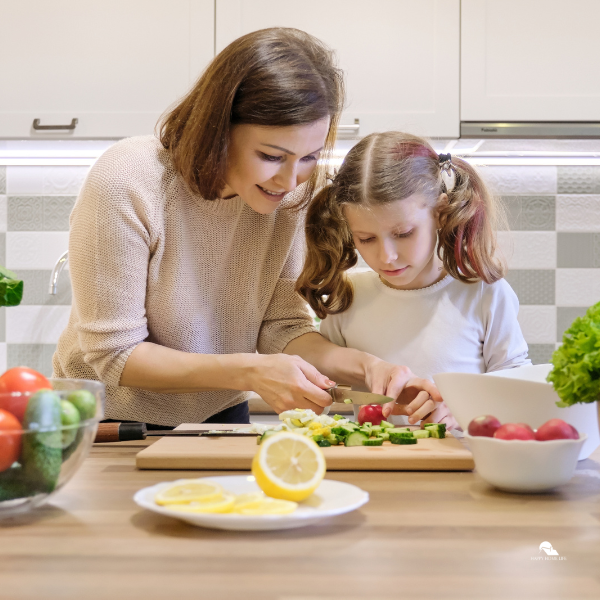Picky eaters in the family are just inevitable; kids are like this, especially toddler and preschool-aged children. But at the same time, it’s really stressful on your part if you’ve just spent the last hour (or two) in the kitchen, pouring love and effort into a homemade meal, only to watch your kids grimace at their plates like you’ve served up a bowl of dirt. You know you need to get your kid to eat healthy, and they’re clearly not happy with what they’re getting.

As a parent, it can feel like a punch to the gut. You’re not alone—every parent has faced the dreaded “I don’t like this” at some point. Even if everyone else loves your cooking and you get so much praise for it, it’s just different for kids (but don’t take it personally). The question is, what do you do when your culinary efforts are met with less-than-enthusiastic reviews? Well, here’s how to navigate this tricky territory without losing your cool (or your sanity).
Don’t Take It Personally
Seriously, don’t take it to heart. Kids’ taste buds are fickle creatures, constantly evolving and, let’s face it, often confusing. One day, they love broccoli; the next, they act like it’s poison. It’s not a reflection of your skills in the kitchen or your worth as a parent. So, just remember, you’re doing your best, and that’s what matters.
Get Them Involved
One way to turn the tide is to involve your kids in the cooking process. Take them shopping, let them pick out vegetables, or give them simple tasks in the kitchen, like stirring or setting the table.
When they have a hand in making the meal, they’re more likely to eat it. It’s like magic (granted, this only works for very young children since they need to start learning more about compassion). Plus, it’s a great way to sneak in a little quality time and teach them valuable life skills. Who knows? You might have a future chef in the making (who wouldn’t love that?).
Sneak in the Good Stuff
If your kids aren’t thrilled with your cooking because they’re not fans of certain ingredients, then all that means is that you have to get sneaky (which is what every parent has to resort to doing anyway). For example, you might need to blend veggies into sauces or make smoothies with hidden greens, or it’s about protein, too, so you should even explore organic chicken bone broth as a base for soups and stews. It adds a depth of flavor and nutrition without them even realizing it.
Honestly, soups, dumplings, and fritters seem to be the top three ways to sneak vegetables into food without really even tasting them. The same could be said for cakes too such as zuchinni bread or even pumpkin bread.
Offer Choices, But Not Too Many
While this isn’t necessarily suggesting you turn your kitchen into a short-order diner, offering a couple of choices can help. Maybe your little one isn’t into spaghetti tonight, but they’d happily eat some of that leftover chicken you’ve got in the fridge. So, giving them a choice (even a small one) can make them feel more in control and less likely to reject the entire meal out of hand.







